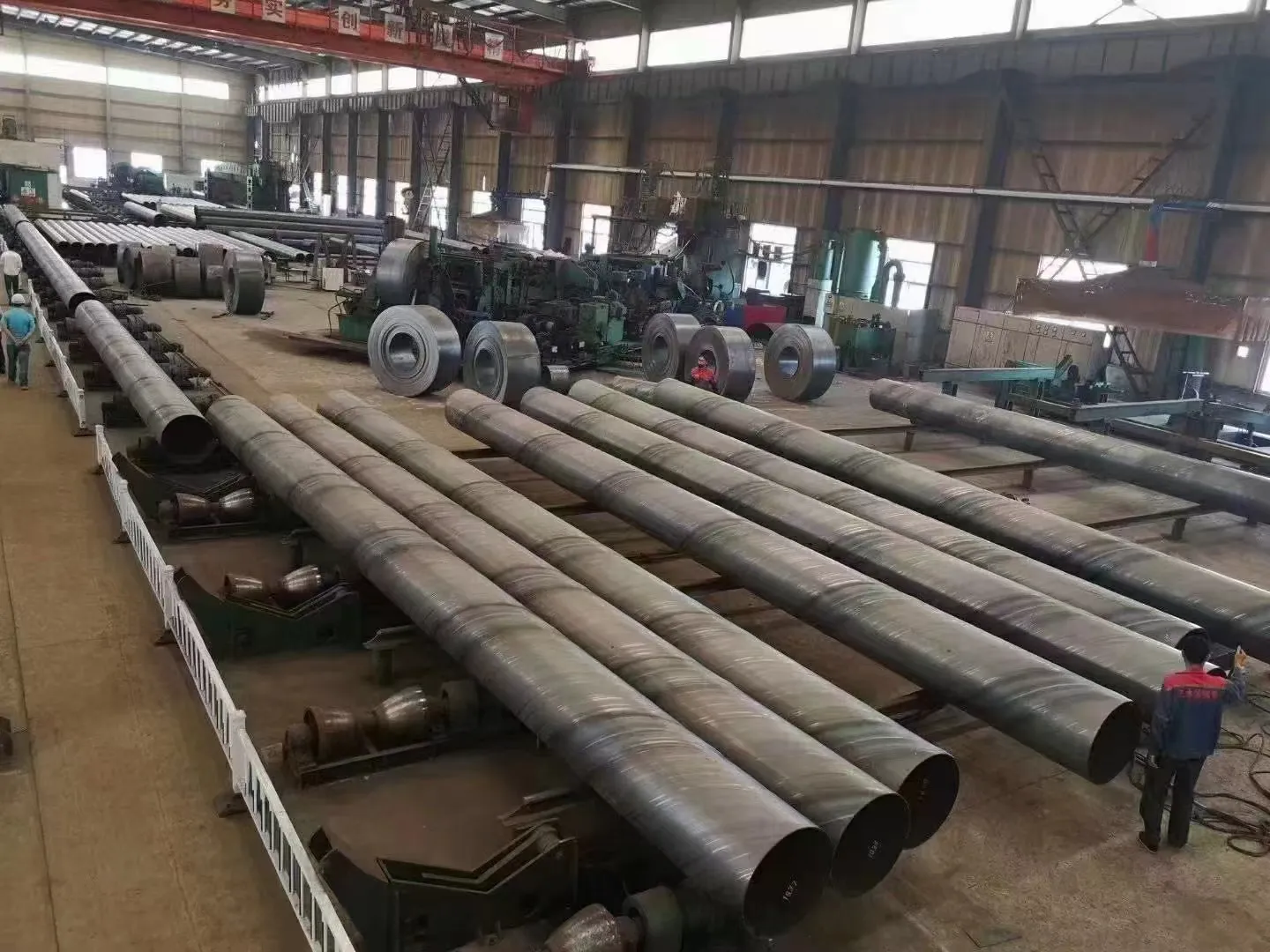-
Cangzhou Yulong Steel Co., Ltd.
-
Phone:
+86 13303177267 -
Email:
admin@ylsteelfittings.com
- English
- Arabic
- Italian
- Spanish
- Portuguese
- German
- kazakh
- Persian
- Greek
- French
- Russian
- Polish
- Thai
- Indonesian
- Vietnamese
- Zulu
- Korean
- Uzbek
- Hindi
- Serbian
- Malay
- Ukrainian
- Gujarati
- Haitian Creole
- hausa
- hawaiian
- Hebrew
- Miao
- Hungarian
- Icelandic
- igbo
- irish
- Japanese
- Javanese
- Kannada
- Khmer
- Rwandese
- Afrikaans
- Albanian
- Amharic
- Armenian
- Azerbaijani
- Basque
- Belarusian
- Bengali
- Bosnian
- Bulgarian
- Catalan
- Cebuano
- China
- China (Taiwan)
- Corsican
- Croatian
- Czech
- Danish
- Esperanto
- Estonian
- Finnish
- Frisian
- Galician
- Georgian
- Kurdish
- Kyrgyz
- Lao
- Latin
- Latvian
- Lithuanian
- Luxembourgish
- Macedonian
- Malgashi
- Malayalam
- Maltese
- Maori
- Marathi
- Mongolian
- Myanmar
- Nepali
- Norwegian
- Norwegian
- Occitan
- Pashto
- Dutch
- Punjabi
- Romanian
- Samoan
- Scottish Gaelic
- Sesotho
- Shona
- Sindhi
- Sinhala
- Slovak
- Slovenian
- Somali
- Sundanese
- Swahili
- Swedish
- Tagalog
- Tajik
- Tamil
- Tatar
- Telugu
- Turkish
- Turkmen
- Urdu
- Uighur
- Welsh
- Bantu
- Yiddish
- Yoruba

Sep . 10, 2024 03:12 Back to list
Seam and Seamless Pipe Solutions | Quality Tubing and Piping Services
Seam and Seamless Pipes Understanding the Fundamentals
Pipes are essential components in various industries, serving critical roles in transporting fluids and gases. Among the many types of pipes available, seam and seamless pipes stand out due to their distinct manufacturing processes and applications. Understanding the differences between these two types is key for selecting the appropriate pipe for a specific job.
Seam Pipes
Seam pipes, also known as welded pipes, are produced by rolling steel or other materials into a cylindrical shape and then welding the edges together. This process can be done using various welding methods, including electric resistance welding, submerged arc welding, and more. The presence of a weld seam distinguishes this type of pipe, which can be easily identified by a visible weld line along its length.
One of the significant advantages of seam pipes is their cost-effectiveness. The manufacturing process is generally less expensive than that of seamless pipes, which makes seam pipes a popular choice for projects with budget constraints. Furthermore, seam pipes can be produced in larger diameters, making them ideal for construction and infrastructure projects requiring extensive piping solutions.
However, seam pipes also have their drawbacks. The welded seam can be a weak point in the pipe, potentially leading to failures under high pressure or extreme temperatures. Over time, corrosion and fatigue can exacerbate these weaknesses, necessitating routine inspections and maintenance.
seam and seamless pipe

Seamless Pipes
In contrast to seam pipes, seamless pipes are manufactured without welding. Instead, the material is heated and formed into a hollow tube through processes like extrusion or rotary piercing. The absence of a welded seam makes seamless pipes inherently stronger and more durable, positioning them as the preferred choice in applications where high pressure and temperature are prevalent, such as in oil and gas pipelines, chemical processing, and power generation.
Seamless pipes can also endure greater stress and are less likely to fail, making them suitable for critical applications. However, the manufacturing process is more complex and costly, translating to a higher price point compared to their seam counterparts. Additionally, the production of seamless pipes is limited in size compared to welded pipes, as the manufacturing process can be challenging for larger diameters.
Conclusion
Both seam and seamless pipes play vital roles across various industries. The choice between the two largely depends on the specific application requirements, budget, and environmental conditions. Understanding the differences in their manufacturing processes and properties is essential for making informed decisions. Whether opting for the cost-effective seam pipe or the robust seamless pipe, selecting the right type ensures the safety and efficiency of piping systems in practice.
Latest news
-
ANSI 150P SS304 SO FLANGE
NewsFeb.14,2025
-
ASTM A333GR6 STEEL PIPE
NewsJan.20,2025
-
ANSI B16.5 WELDING NECK FLANGE
NewsJan.15,2026
-
ANSI B16.5 SLIP-ON FLANGE
NewsApr.19,2024
-
SABS 1123 FLANGE
NewsJan.15,2025
-
DIN86044 PLATE FLANGE
NewsApr.19,2024
-
DIN2527 BLIND FLANGE
NewsApr.12,2024
-
JIS B2311 Butt-Welding Fittings LR/SR 45°/90° /180°Seamless/Weld
NewsApr.23,2024











